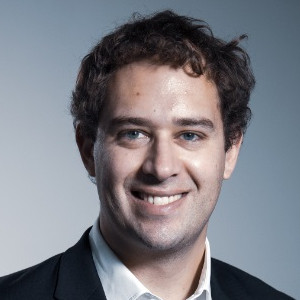Hello
This is a follow up question on Nutripremium case, reason I am not posting it under the case is because I want to understand the general concept of market sizing. The case requires to size the market of different target groups: pregnant women and Cancer patients as well as Diabetics in China so I am trying to lay out my equations before I plug in numbers, In general:
#Pregnant Women:
Population X % adults (between 18-45) X % female gender X Probability of getting pregnant/year = # of pregnant women / year
Question: Why the solution multiplies by the number a women spends being pregnant in her lifetime ? what is the need for that? (i.e. Population X % female gender X Pregnancy months / Life expectancy; and it seems they are assuming that a woman can have a probability of getting pregnant = 100% regardless; % of time spent in pregnancy is not the same as Probability of being pregnant )
Note: % adults (between 18-45) could use even age split with age expectancy ~75 and get the %
#Cancer Patients (same applies for diabetes):
Population X %patients diagnosed with Cancer / year (could be split by age groups to make it more granular)
Why multiplying by the % of time a patient spends with cancer in their lifetime? (i.e. Population X %patients diagnosed with Cancer X Number of years with Cancer / Life expectancy)
I have never seen it in any other case where the calculation involves % of time spent having a disease ? However, I am trying to construct my equation using conditional probability but it is making it more complicated
Many Pharma-Drug market entry case assumes directly % of people with disease/year and not % of time spent having a disease in a lifetime ... (example: BCG case on their website)
I appreciate it if someone can elaborate on the concept behind using the time spent living with cancer or pregnancy ...
Thanks,
(edited)









